ThermoWorks, makers of professional quality cooking products like the Thermapen MK4 and the ThermoWorks Smoke, is introducing a new product: Billows.
ThermoWorks Billows is a charcoal airflow management device that allows you to conveniently maintain continuous temperature control of your grill or pit without constantly tending to the coals.
ThermoWorks is known for making easy-to-set and easy-to-read temperature monitoring devices. The new ThermoWorks Billows pit controller fan will allow you to monitor temperature readings remotely and control your grill’s temperature at the same time.
Recently, ThermoWorks introduced Signals, a four-channel digital thermometer with the ability to monitor four different temperatures simultaneously. The splash-proof ThermoWorks Signals connects to the Billows device, and the whole system can be monitored and adjusted intuitively via the ThermoWorks app on your smart device.
Billows is compatible with all new and existing ThermoWorks Signals units as a standalone fan accessory which attaches to your charcoal grill or smoker.
Although barbecue pit controllers aren’t considered new technology, they do offer a layer of convenience and assurance for longer slow-and-low cooks.
ThermoWorks is an established and highly recommended brand with a reputation for accurate devices which are beloved by both home cooks and commercial chefs.
The ThermoWorks Signals unit has four channels and comes with four high-temperature, pro-series commercial-grade probes, each with color-coded rings. Three are meat probes; one is a grate temperature probe with grate clip—for temperature readings on your cooking grate or cooking surface.
Also included is a 12-volt charger and a USB-C cable which allows you to charge the built-in battery, or save some battery life and leave the unit plugged in while cooking. Signals conveniently has strong magnets on the back allowing the device to firmly affix to a metal surface.
ThermoWorks Signals remotely connects with your smart device via Bluetooth or Wi-Fi, but can also operate without a mobile device in standalone mode.
The free ThermoWorks app is intuitive to use and simple to navigate. It allows you to monitor the system remotely and is relatively hassle free.
The ThermoWorks Signals housing is sealed and made of high quality plastic, so it can take a few sprinkles or light showers without too much concern, but it should be noted the device is not designed to be submersible in water.
A built-in rechargeable battery that lasts up to 16 hours and the easy-to-read, backlit display is surrounded by six buttons which configure the device in standalone mode.
The Billows fan plugs into the USB-C adaptor, connecting to a port on the side of the Signals device.
It’s important to note that Signals must be plugged in using the power adaptor while the Billows fan is in use.
We found the setup for Signals remote monitoring fairly straightforward and simple to complete. We appreciate that the device can be used in standalone mode, without any Wi-Fi or Bluetooth connectivity if you choose to do so. However, as we continued to use the devices, we found that remote monitoring from a smart phone or tablet was quite convenient.
Our initial testing commenced by pouring mostly smaller pieces of hardwood lump charcoal straight from the bag into a Kamado grill. We wanted to see how the controller and Billows would handle different sized charcoal pieces and charcoal dust that often clogs airflow.
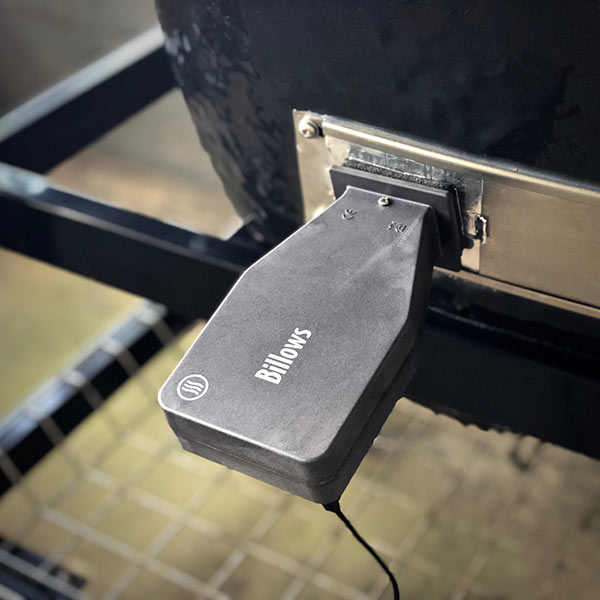
With the hardwood lump charcoal lit in a few places, the cooker came to temperature much quicker than normal as the Billows fed a steady stream of fresh air into the grill.
Our grate temperature stabilized after about 30 minutes and we observed sweet wisps of blue-ish smoke slowly rolling from the slightly opened top vent.
The first meat we cooked was a Boston pork butt. The meat probe was inserted into the thickest part of the pork and the grate probe was clipped about one inch from the meat, near the front-center of the cooking grate. With the lid closed, we monitored the cook for about an hour and then allowed the controller do what it was designed to do overnight.
One of the benefits of using the ThermoWorks app is that it comes standard with a function which collects data and graphs the temperature of your cooks over time. After cooking overnight, the next day we noticed that our method of carelessly dumping uneven pieces of hardwood lump charcoal created a challenge for the fan and controller.
The grate probe data graph indicated the lump may likely have settled during the cook, which could have ended in a flameout. Overnight, the weather changed dramatically, which may have put additional stress on the controller.
However, despite our passive attempts to clog the airflow and Mother Nature’s barometric curve ball, the Billows device and ThermoWorks Signals controller prevailed by correcting and steadying the temperature despite both internal and external challenges.
For the most part, the programmed cook temperature of 220ºF was maintained within ±10ºF, a variation which we find acceptable. The connection from the Signals device to the cloud, and ThermoWorks app via Wi-Fi held constantly without any noticeable interruption. We were also able to monitor the cook remotely from a smartphone during a quick trip to the grocery store a few miles away.
Item Specs: Signals™ 4-Channel Wi-Fi/Bluetooth BBQ Alarm Thermometer*
- Probe Range: -58 to 572°F (-50 to 300°C)
- Cable Max Temp: Max 700°F (370°C)
- Accuracy: ±1.8°F (±1.0°C) from -4 to 248°F (-20 to 120°C)
±3.6°F (±2.0°C) from -58 to -4°F / 248 to 392°F (-50 to -20°C / 120 to 200°C)
±5.4°F (±3.0°C) from 392 to 572°F (200 to 300°C) - Max Sounds Volume: 90dB
- Wireless: Wi-Fi Radio—802.11b/g/n (2.4 Ghz)
- Wi-Fi Range: dependent on router
- Bluetooth Version: 4.2
- Bluetooth Range: About 95 feet line of sight (device dependent)
- Approvals: US (FCC), Canada (IC), EU (CE—Complies with all relevant directives for Europe), AU/NZ (RCM)
- Water Resistance: IP66 Splash-Proof
- Operating Range: 32 to 122°F (0 to 50°C)
- Backlight: 20 seconds
- Resolution: 1.0°F (°C)
- Units: °C/°F switchable
- Sensor: Thermistor
- Battery Life: Rechargeable, about 16 hours
- Charging Time: About 12 hours
- Charger/AC Power: USB-C cable and 12V US adapter (included)
- Display: 1.88 H x 3.97 W inches (48 H x 101 W mm)
- Product Size: 3.26 H x 5.19 W x 1.92 D inches (83 H x 132 W x 49 D mm)
*Specs from manufacturer web site.
Data:
- Probe 1 boil: 211.5 | ice 32
- Probe 2 boil: 211.7| ice 31.5
- Probe 3 boil: 211.2| ice 31.8
- Probe 4 (Grate) boil: 211.5 | ice 32.1
Item Specs: Billows Fan Accessory for Signals™**
- Airflow: 46 CFM
- Operating Range: 500ºF (260ºC)
- Opening: 1.18 x 1.57 inches (30mm x 40mm)
- Water Resistance: Weatherproof
- Power 12V AC Powered
- Controller Temp. Accuracy: ± 1.8ºF
- Stability: ±10ºF Typical
**Specs from manufacturer web site.
What We Loved
Similar to other experiences with ThermoWorks products, we loved almost everything about this product.
For someone who already owns the ThermoWorks Signals meat thermometer, the ability to add the ThermoWorks Billows fan and make a true temperature monitoring and controlling system is very attractive.
The device is easy to setup and performs as advertised, which is something we’ve come to expect from ThermoWorks.
Small perks, like the way the USB-C cables connect to the unit and integrate with the power supply, speak to the amount of thought and engineering put into these devices. The USB-C cables are not soldered to the device somewhere that might break loose after longer periods of use. These cables are also commonly found and available if you needed to buy backups or replacements.
Billows high-heat resistance plastic exterior means it remains cool to the touch in blazing sunlight and it will never rust.
Its 46 CFM fan pushes through difficult temperature controlling situations and has the ability to add an optional connection kit pairing two Billows with the same controller for large smokers or cookers, but you’re not likely to need it.
What Could Be Improved
The spring on the beta test unit we were supplied was slightly awkward to connect with the adapter, but with a few minor adjustments it worked fine and may not be an issue with production models.
It would be interesting to see an external 12 volt battery pack designed to allow the Signals to run the Billows fan for up to 24 hours.
Who It’s For
If you’re cooking with a charcoal grill, in a stick-burner, ceramic, barrel, or drum cooker; this controller is a perfect addition to your quiver of accessories. It’s fit for the backyard barbecue pit master as well as professional pit masters and commercial caterers.
Final Thoughts
Having visited ThermoWorks facility in Utah, we’ve learned that ThermoWorks designs all of their products in-house with a purpose-built focus. This means they don’t buy existing products and rebadge them with their logo. Their dedication to accuracy, quality, design, and user experience is evident and a gold standard for both foodies and culinary industry professionals.
At $59.00, Billows is an affordable and extremely relevant add-on accessory to the Signals thermometer system. If you already own a Signals device and want a controller, this is an easy upgrade.
If you are looking for a quality pit controller setup that performs the Signals thermometer with the Billows fan accessory will be right up your alley.
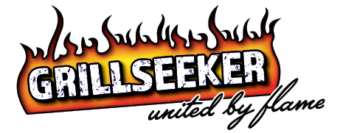

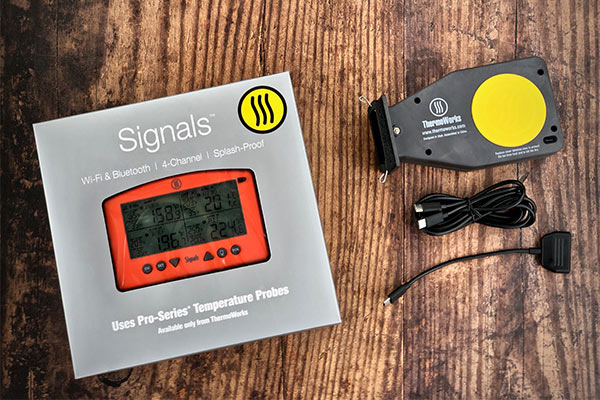
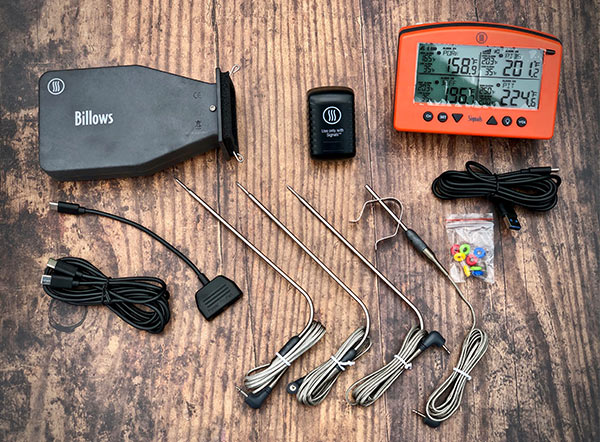
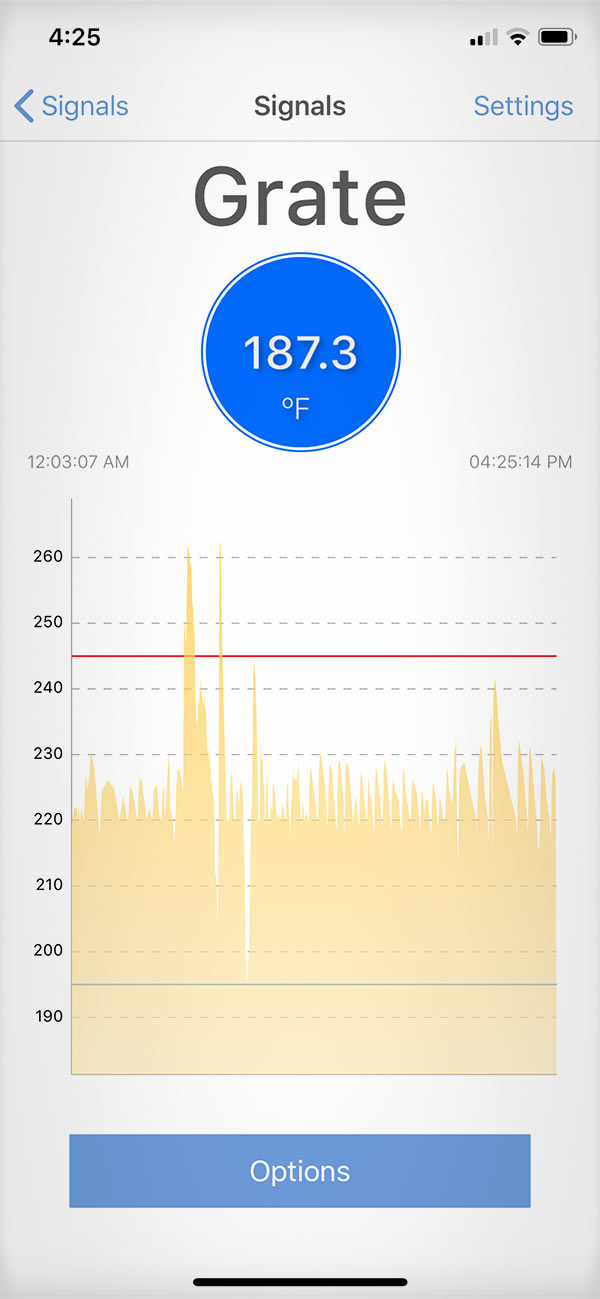
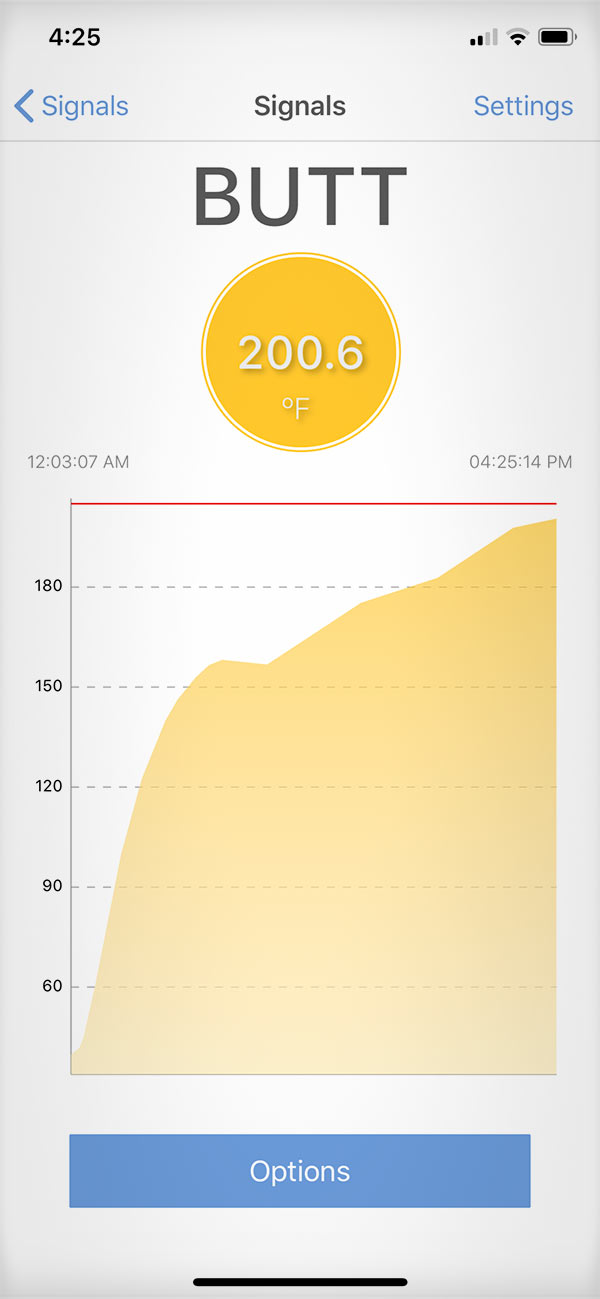
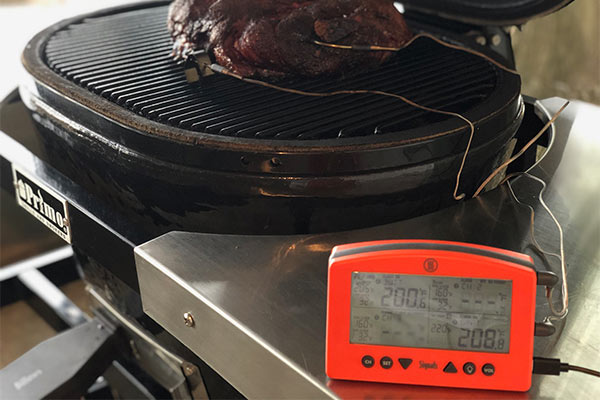
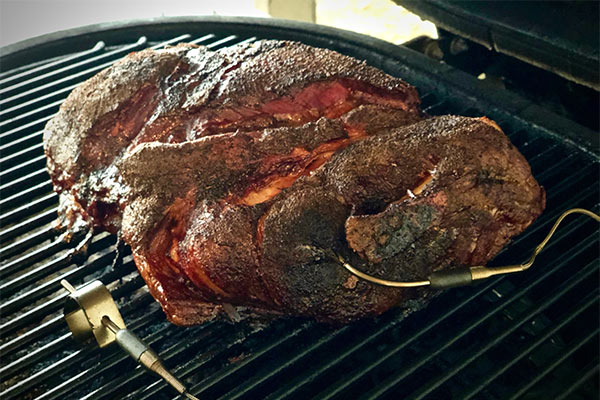
I know your review was early, but two questions:
1. Have you used a Billows with the Type K base unit known as Therma Q 2?
2. Have you tried the damper accessory for Billows that restricts airflow down from the high 45cfm?
Thanks,
Wm. Zoberst
I have not, sorry I can’t comment on these accessories.
-M